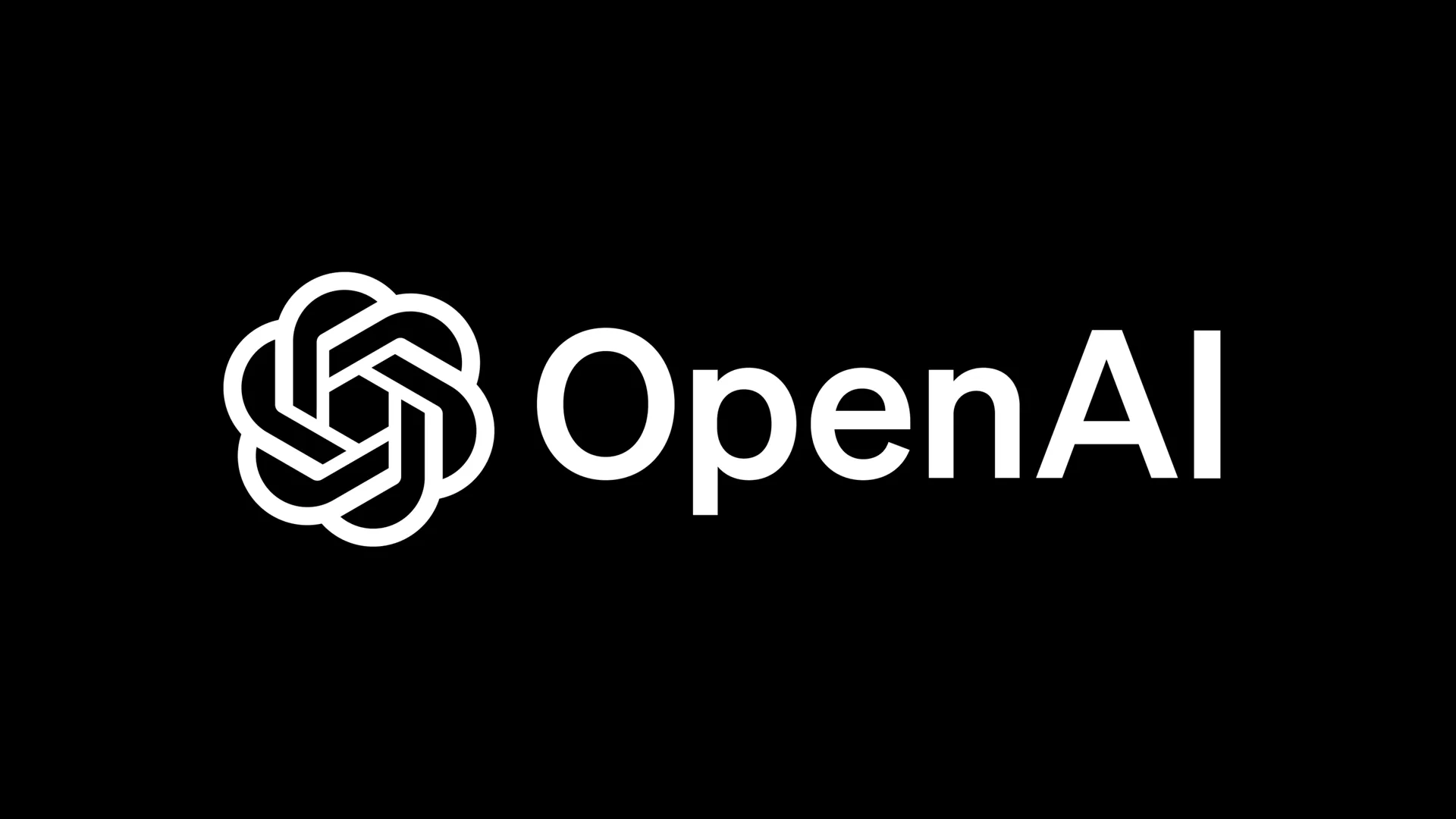Ukrainian hacker Vyacheslav Penchukov, once known online as ‘Tank’, climbed from gaming forums in Donetsk to the top of the global cybercrime scene. As leader of the notorious Jabber Zeus and later Evil Corp affiliates, he helped steal tens of millions from banks, charities and businesses around the world while remaining on the FBI Most Wanted list for nearly a decade.
After years on the run, he was dramatically arrested in Switzerland in 2022 and is now serving time in a Colorado prison. In a rare interview, Penchukov revealed how cybercrime evolved from simple bank theft to organised ransomware targeting hospitals and major corporations. He admits paranoia became his constant companion, as betrayal within hacker circles led to his downfall.
Today, the former cyber kingpin spends his sentence studying languages and reflecting on the empire he built and lost. While he shows little remorse for his victims, his story offers a rare glimpse into the hidden networks that fuel global hacking and the blurred line between ambition and destruction.
Would you like to learn more about AI, tech and digital diplomacy? If so, ask our Diplo chatbot!










